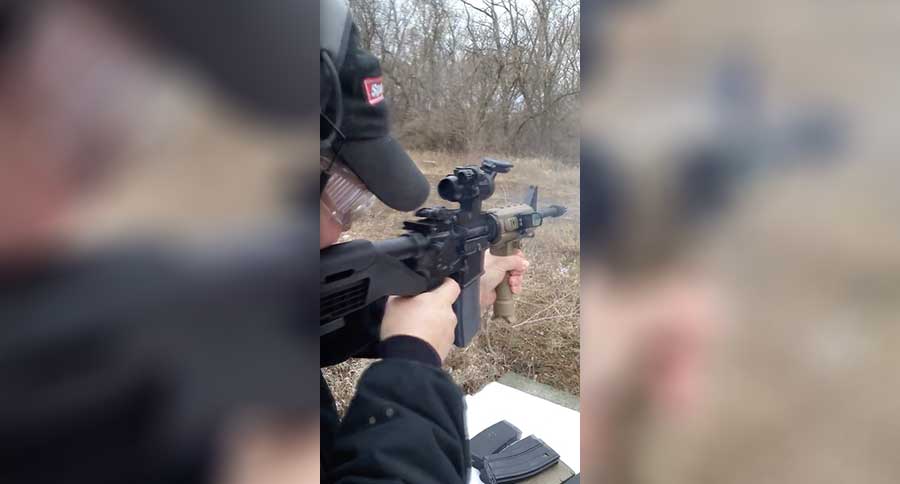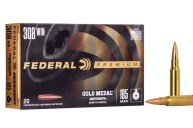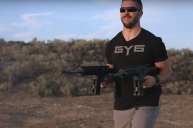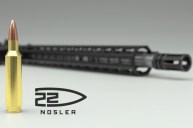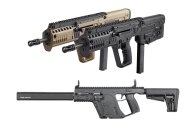If you really want to see how a particular CLP performs under demanding conditions, then a rapid fire test with dirty ammo is just what the doctor ordered.
CLP (Clean Lubricate Protect) is not really a new invention. After all, the military has used their own type of CLP for years with a great deal of success for many years. However, Sage & Braker Mercantile recently began producing their own line of CLP a couple years ago.
The guys in this video were curious about how well the Sage & Braker CLP would perform for them, so they devised a test. They'd thoroughly clean and lubricate their AR-15 with the new CLP, then shoot eight magazines of Tula .223 Remington ammo through it as quickly as possible.
While Tula ammo is fine for recreational shooting and plinking, it is steel cased and is notoriously dirty. As you'll see in a minute, they blew through those magazines pretty quickly thanks to the bump stock (which was legal to own at the time this video was produced) on their rifle.
Rapid firing of cheap ammo often results in conditions ripe for malfunctions in an AR-15. Watch the video to see how it all went down after they lubricated their rifle using the new CLP.
So let's total it up: just one malfunction while shooting eight magazines (240 rounds if they all held 30 cartridges) in less than 90 seconds.
I'd say that's pretty good performance by any reasonable standard!
I was also impressed by the amount of fouling they removed afterwards when they stripped the rifle down and broke out their gun cleaning kit. Yes, the rifle was pretty dirty, but it was not quite as dirty as I would have expected from shooting that much cheap ammo in such a short period of time.
Like what you see here? You can read more great articles by John McAdams on The Big Game Hunting Blog. Follow him on Facebook, YouTube, & Instagram.
NEXT: HERE'S WHAT YOU NEED TO KNOW ABOUT HORNADY BLACK AMMO
WATCH: MINNESOTA SCHOOLS COULD MAKE FIREARMS SAFETY PART OF PHYSICAL EDUCATION
